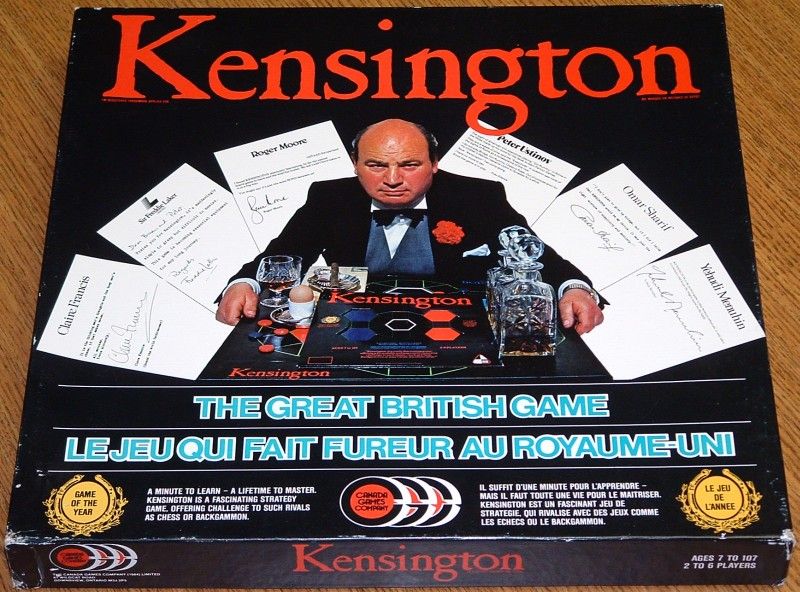Kensington (1979) Board Game
Kensington is a board game that was first released in in 1979. It is designed for 2-6 players, with a best player count of 2. The game has a runtime of around 20 minutes and is recommended for players aged 7 and up. The designers of Kensington are Peter Forbes and Brian Taylor, with artwork provided by several artists including Arxon, Canada Games Company Ltd., and Crown & Andrews Ltd.
Game Components of Kensington
How To Setup Kensington
To set up Kensington, the board is placed empty of counters. Players alternate turns placing their tokens on unoccupied vertices until each player has placed all 15 of their tokens.
Gameplay Mechanics and Game Objective
Player Experience
Playing Kensington involves a delicate balance of strategy and tactical maneuvering. The game is known for its elegant simplicity and complex depth, similar to nine men’s morris but more sophisticated. The debate over whether to place first or second adds a layer of strategy, as the second player gets to place last but the first player moves first in the sliding phase. Forming mills and double mills is crucial, as it allows players to scatter their opponent’s tokens and secure a winning position.
Pros
Cons
Personal Thoughts on Kensington
Kensington is ideal for fans of abstract strategy games who appreciate both simplicity and depth. It is a game that rewards thoughtful planning and quick tactical decisions. For those who enjoy games like Chess or Go, Kensington offers a fresh challenge with its unique board pattern and mechanics. However, it may not be the best fit for casual gamers looking for a quick, light-hearted experience, as it demands a certain level of commitment and strategic thinking.
We are supported by our audience. When you purchase through links on our site, we may earn an affiliate commission, at no extra cost for you. Learn more.

